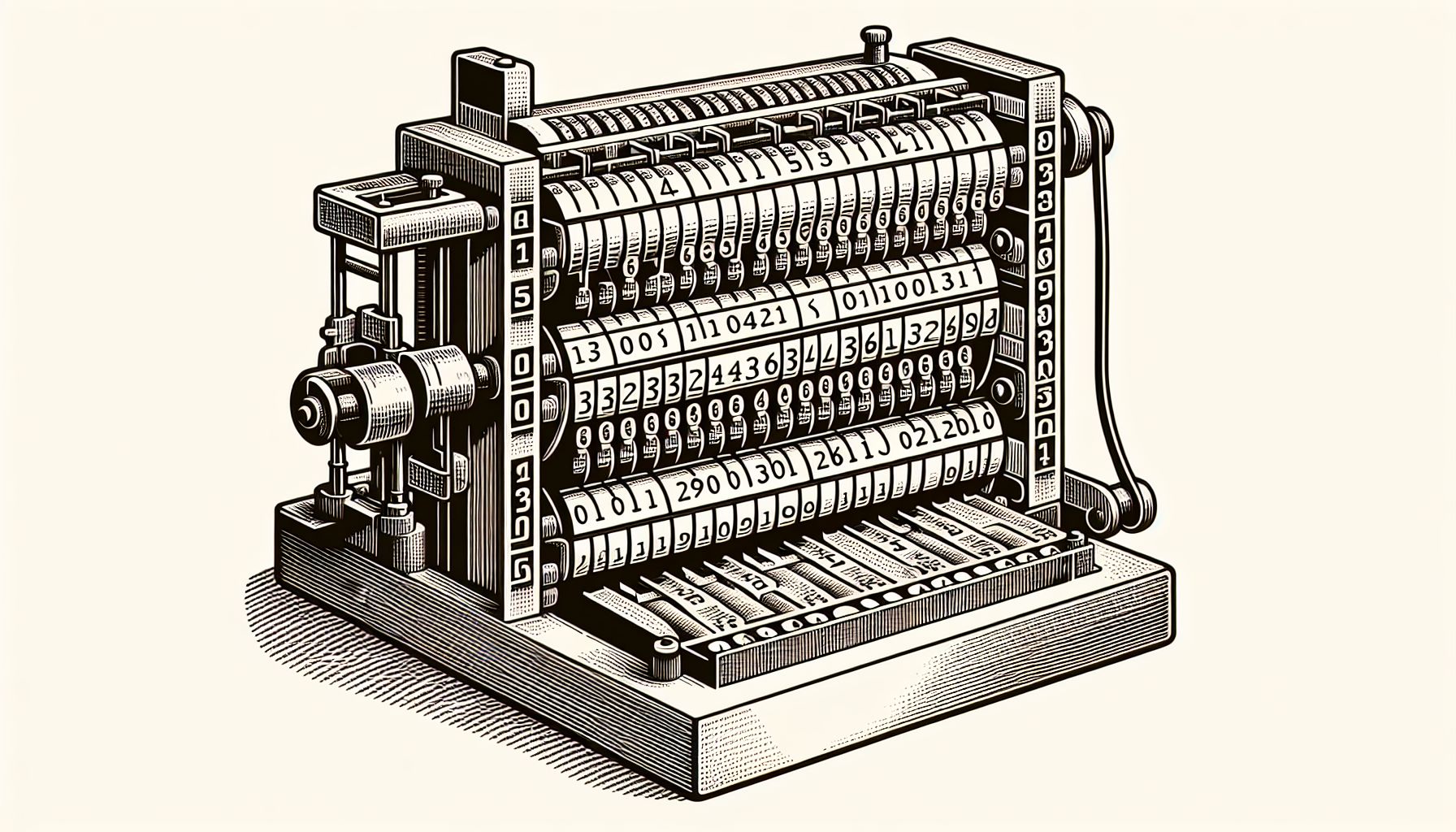📌 Let’s explore the topic in depth and see what insights we can uncover.
⚡ “Before Apple, before Microsoft, even before the first computer was ever built, there was an idea. That idea, realized by Alan Turing in 1936, would forever transform our world and become the very foundation of modern computation.”
Welcome to the world of machines, mathematics, and miracles, where we’ll decode the groundbreaking work of a genius mathematician and computer scientist, Alan Turing. His remarkable creation, the Turing Machine, is the cornerstone of modern-day computing. So, fasten your seatbelts and get ready for an exciting journey into the past, which will bring you to the astonishing present of computer science. 🚀 If you’ve ever wondered how computers process data, make decisions, and solve complex problems, you’re about to discover the fundamental principles behind these marvels. We’ll dive into the logic and brilliance of Turing’s invention from 1936, the Turing Machine, and its pivotal role in the evolution of computation. But before we delve into the magic of machines, let’s get to know the magician himself.
🎩 Meet the Magician: Alan Turing

"Unveiling the Roots of Modern Computation: Turing's Machine"
Alan Turing, born in London in 1936, is often revered as the father of computer science. An exceptional mathematician and logician, Turing was a visionary who saw the potential of machines to replicate human thought processes. His groundbreaking work in the field of theoretical computation laid the foundation for the digital age we live in today. Turing’s genius was not limited to academia. During World War II, he played a key role in breaking the German Enigma code, which significantly contributed to the Allies’ victory. However, Turing’s achievements were not fully recognized during his lifetime, and his life was tragically cut short. Yet, his legacy continues to shape the world of computing and beyond.
🎛️ The Turing Machine: A Timeless Invention
The Turing Machine, proposed by Turing in 1936, is a theoretical device that encapsulates the fundamental logic of computation. It’s not a physical machine but an abstract representation of a computing device. The Turing Machine was far ahead of its time, providing a blueprint for modern computers. The machine operates on an infinite tape divided into cells, which can hold symbols. It has a ‘read-write’ head that can move across the tape, read the symbols, write new ones, or erase existing ones. The machine follows a set of predefined rules to perform these operations.
Here’s a simplified view of how a Turing Machine works:
The machine starts in a specific state, let’s call it state A.
- It reads the symbol on the tape under the ‘read-write’ head.
Depending on the symbol and the current state, it performs three actions
- Writes a new symbol or erases the existing one.
- Moves the head one cell to the left or right.
- Shifts to a new state or remains in the same state.
The machine repeats the process until it reaches a ‘halt’ state, which signifies the end of computation.
The beauty of the Turing Machine lies in its simplicity. Despite its rudimentary design, it can simulate the logic of any computer algorithm.
📚 Turing’s Universal Machine and the Concept of Programmability
Turing’s brilliance didn’t stop with the Turing Machine. He extended his idea and proposed a Universal Turing Machine (UTM) — a Turing Machine that can simulate the behavior of any other Turing Machine. The UTM takes an ‘input’ Turing Machine’s description and data, and it reproduces the ‘input’ Turing Machine’s behavior on that data. The concept of the UTM brought forth the principle of programmability — a single machine that could be programmed to execute any task, given the right instructions and data. This principle is the core of modern computers. Your laptop, smartphone, or any computing device is essentially a sophisticated version of Turing’s UTM, capable of executing numerous tasks, from browsing the web to complex scientific simulations.
🏗️ Turing Machine and the Foundations of Computation
The Turing Machine has profoundly influenced theoretical computer science. Turing’s work led to the formulation of the Church-Turing thesis, which postulates that any function computable by an algorithm can be computed by a Turing Machine. This thesis is a cornerstone of the theory of computation. The Turing Machine model has also facilitated the study of computational complexity — understanding the resources (time and space) that algorithms need to solve problems. It has also been instrumental in studying decidability, the question of whether a problem can be solved algorithmically. In essence, Turing’s work has provided a mathematical and logical foundation to explore the limits and possibilities of computation, shaping the field as we know it today.
🧭 Conclusion
The journey we embarked on has taken us through the exceptional life of Alan Turing and his timeless invention — the Turing Machine. It’s fascinating to see how a theoretical machine, born out of the genius of one man, has laid the foundation of the digital world that we live in today. Turing’s profound contributions to computer science remind us that we stand on the shoulders of giants. Every time we unlock our smartphones, binge-watch our favorite series, or marvel at the latest AI advancements, we’re experiencing the legacy of Turing’s groundbreaking work. As we continue to push the boundaries of technology, let’s take a moment to appreciate the genius of Alan Turing and his Turing Machine — an invention that started as a simple theoretical model but has transformed into the beating heart of the digital age. In the realm of computation, Turing’s machine continues to be the compass that guides us, the map that shows us the way, and the enigma that keeps us enchanted. 🌟
🌐 Thanks for reading — more tech trends coming soon!
